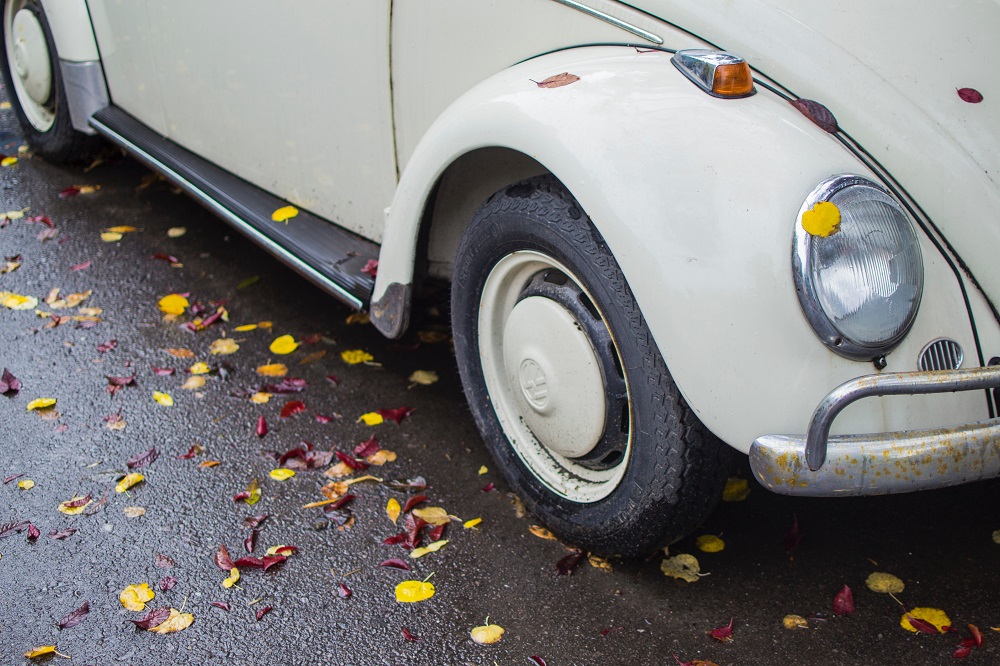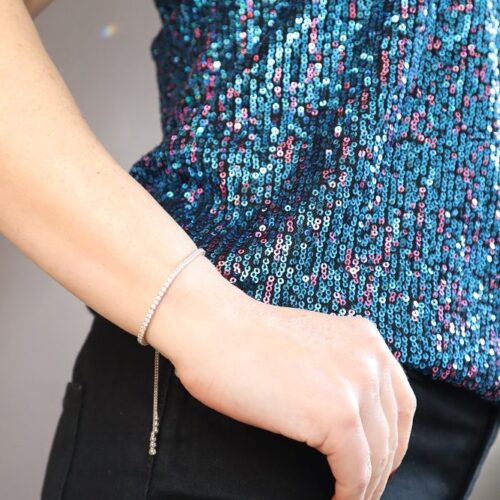The transition from summer to autumn affects motorists in several ways. Firstly, there are leaves on the road from trees that are starting to go into their winter mode. This means that you will often get less traction on the road surface, especially when leaves are starting to turn to mulch. In addition, the roads will often be wetter because more rain falls on average in autumn than it does in summer. Again, your car’s tyres will need to have sufficient tread depth in order to clear away any surface water they come into contact with to maintain good grip.

In addition, drivers will be out more and more in dark conditions. The sun rises that bit later and even before the clocks are changed, most commuters will need to drive home in the dark. When you are driving at night, your tyres are not necessarily put under more pressure than in the daytime. However, driving in heavy traffic in dusky conditions often means needing to continually apply your brakes and sometimes swerving to avoid potential problems on the road ahead of you. All of this can take its tolls on your tyres, too.
What should you be doing to keep your tyres functioning well this autumn?
Correct Inflation
If your tyres are not pumped up properly, then they just don’t work as well. To begin with, they are not as efficient because they create a greater level of rolling resistance. Secondly, partially flat tyres slew when you brake or corner which results in a greater likelihood of losing control. The next time you fill up with petrol, take your car to the air pump and make sure your tyres have the correct level of air pressure. Remember that over-inflated tyres can be just as bad as under-inflated ones.
Tread Depth
When your tyres are bald, they are illegal to drive on. However, even street legal tyres may not offer the level of grip you need in autumn, especially if you drive in places where they will get worn down, such as rough tracks off of the main road. If your tyres are approaching the end of their life cycle, then don’t wait until they are on their last few millimetres of tread and have new ones fitted. You can take expert advice in which ones to fit to your car that will be suitable for your model from your tyre dealership. Buy and choose car tyres for your vehicle from the Point S website where help is available if you don’t know which ones will be best.
Consider Winter Tyres
Although you don’t need them in typically autumnal conditions, fitting winter tyres early means you are prepared for any kind of cold snap. Winter tyres perform better in sub-zero temperatures than conventional ones and they offer greater levels of grip in snow and ice. You never know how early wintry conditions will come, especially if you happen to live or work on exposed stretches of land. Remember that winter tyres work perfectly well on the road even if it hasn’t snowed.
Featured post
© Copyright 2018 Antonia, All rights Reserved. Written For: Tidylife


Leave a Reply